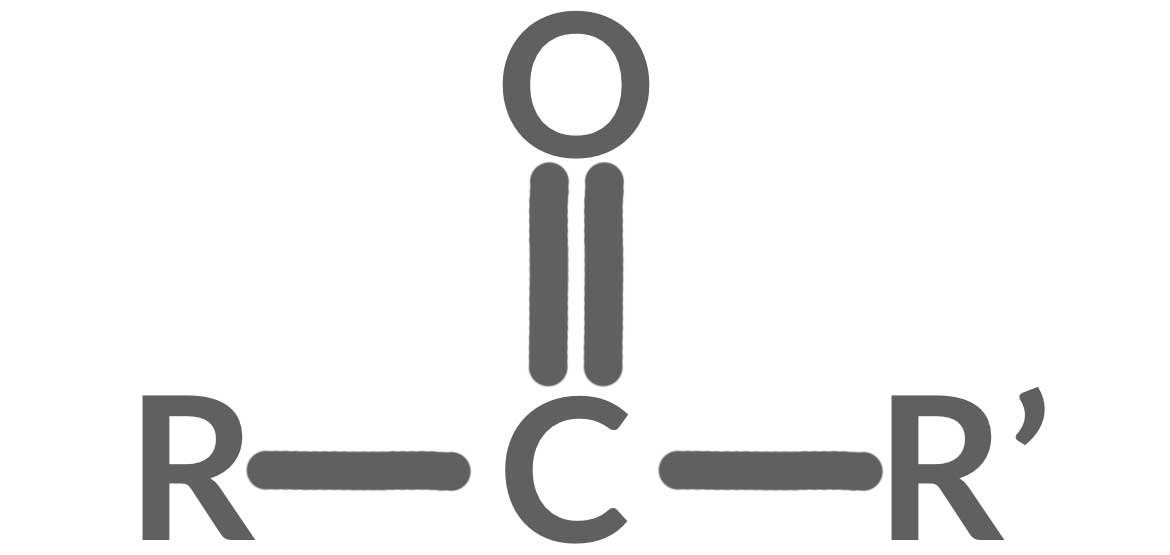Ketones are present in the blood when there is insufficient insulin in the body to change sugar into energy. When this happens, the body draws on fat and muscle for energy, which then produces ketones. Because ketones are a type of acid, they can kick your body’s natural functions out of balance, the extreme outcome being the development of ketoacidosis, also known as DKA.
Though DKA is more common if you have type 1 diabetes, it is not restricted to type 1.
Signs and symptoms of DKA can range from slight to severe, and not responding to it right away can make you feel more than just sick – it could lead to seizures or diabetic coma. In small children with type 1 diabetes, DKA is the leading cause of death. It can also be fatal for adults, although the symptoms are easily recognizable and can be addressed if fast action is taken.
Symptoms of ketoacidosis include:
- High blood sugar
- Intense thirst
- Frequent need to urinate
- Stomach cramping
- Nausea, vomiting
- Fruity-smelling or acidic breath
- Weakness
- Confusion
- Hyperventilation, rapid breathing
- Blood ketone levels above 1.5 mmol/L
What causes DKA?
If you are ill or if your insulin therapy is inadequate – meaning that you have not been correcting properly or if you are missing treatments – you could trigger a DKA episode. Make a point of testing for ketones on sick days or when your blood sugar is higher than 240 mg/dL.
Other causes of DKA might include:
- Frequently missing your insulin dose
- Physical pain
- Emotional trauma
- Excessive alcohol use or abuse
- Drug abuse
- Certain medications, including corticosteroids and diuretics
How to test for ketones
Testing for ketones is easy. It can be done either through a blood sample or a urine sample using the appropriate test strips. If you have type 1 diabetes, blood-ketone monitoring is the preferred method as the test is more sensitive and the readings more accurate. You can use the same finger-stick as you use for testing your blood sugar, so there is generally no need to take a second sample.
How to treat ketoacidosis
If you suspect you have DKA, the first thing you should do is test for ketones. If you have type 1 diabetes, you should always carry blood ketone testing strips in your kit, but having urine ketone test strips on hand is also recommended as if you are having an attack, it may be easier to quickly test your urine.
Push low-calorie fluids with electrolytes, such as diluted Gatorade, to replenish potassium. Use your ketone test strips to test for ketones and test your blood sugar as you normally would. Correct with insulin every three hours until your blood sugar is below 200 mg/dL and your blood or urine ketones are negative. Note that it takes a great deal more insulin to correct high blood sugar when there are ketones present.
If you are vomiting and cannot stomach fluids, call your doctor or have a loved one take you directly to the emergency room at your local hospital. Preventing DKA involves strict adherence to your insulin dosage program and ensuring that you are testing regularly. Maintaining a healthy lifestyle and avoiding triggers, such as excessive alcohol consumption, is the key to staying healthy.
Disclaimer!
The content, information, and links on this page are intended for informational and educational purposes only, and does NOT constitute any medical professional advice.

